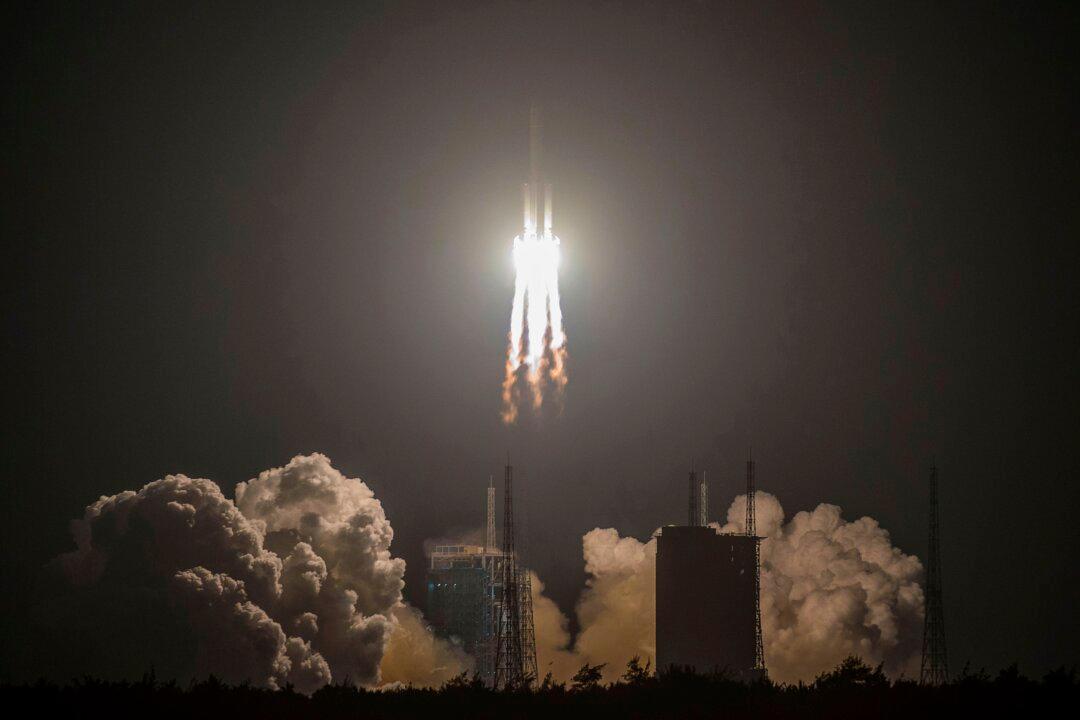BEIJING—A new Chinese medium-lift rocket, part of a family of launch vehicles meant to support most of China’s launch missions in the future, failed on its debut flight, the official news agency Xinhua reported.
The Long March 7A, a variant of the Long March 7, blasted off from the Wenchang Space Launch Center, in the southern island province of Hainan, on March 16.





